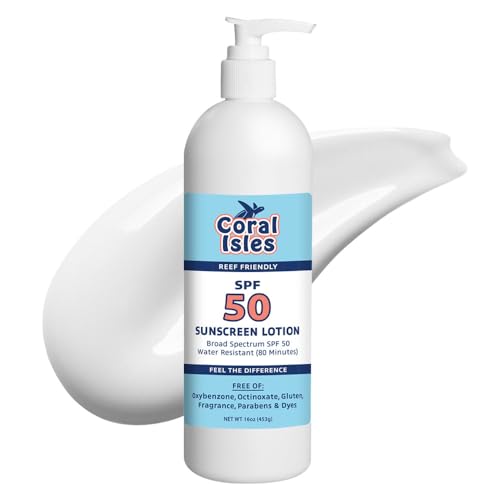In a classic case of "not doing research", some anti-turf folks on another site have ended up helping out the turf scene. They are constantly accusing pro-turf or pro-algae folks, and especially anti-skimmer folks, of not having research. So they post a research video from the College of Marine Science (U of S. FL, St. Petersburg) on that site, which is supposed to prove with research that algae, especially turf, kills corals. Yes. Then they
follow it up with "So I guess you didn't watch the video, right?"
Well. I took the time to watch it (one hour). But, I guess they did NOT. The video starts out appearing to make the point of "algae kills corals", and if you stopped watching after fifteen minutes, that's what you'd think. But the first part of that presentation is just a setup for the presenter's further explanations, and is not the point itself.
It's a similar situation to a presentation for beginners about how rock, sand, and the nitrogen cycle works: You would start by saying "If I have a fish in a bucket of water, and I pour in ammonia, the fish will die." This is true, but it's only used to set up later explanations of how rock and sand come into the picture to stop the death of the fish.
So it turns out that if you watch the whole research video, the presenter/researcher not only makes the point of pro-algae folks, and counters the point of the people who posted it (as their evidence), but it also counters the entire group of people who say no-skimmers and high-DOC's are bad. I've been saying that my focus never was skimmer or no-skimmer; instead my focus was reducing N and P cheaply, quickly, and with no risk. But since these people made this video/research available, I'll use it:
The presenter is trying to show how "algae that kills coral" would SEEM to occur, so later he can show you what they really found in their research. The crux of his presentation is basically: "We thought higher DOC's were the cause of coral death; We were wrong. Lower DOC's are" (these are my words).
So here is the video, with rough quotes of what the video says, along with the minutes and seconds into the video where you can see it for yourself:
http://www.marine.usf.edu/videos/2007-01-26.wmv
23:30 "Bulk DOC does not correlate with coral decline; higher DOC areas have healthier corals; lower DOC areas have weaker corals. The opposite of what we predicted".
24:40 "The DOC to DIN ratio's are higher on healthy reefs, and lower on less-healthy reefs".
25:45 "Microbial numbers are elevated with a lower DOC to DIN ratio" (!) (even I got that one wrong).
34:00 "Christmas Island, with the really low DOC, has the highest pathogens, while Kingman Island, with the highest DOC, has the lowest pathogens."
37:00 "On Kingman Island you have high hard-coral coverage and the lowest disease [and highest DOC]. That's weird! What you SHOULD find is that as hard-coral coverage reduces, it should be harder for the pathogens to find hosts, so you should see a pathogen decrease. But we're not seeing that, which means there is SOMETHING ELSE going on."
49:20 "The DOC definitely always goes down, in the really bad coral areas".
52:39 "You can actually put the corals where the nutrients are really high, and the corals are not dying; in some cases they tend to grow better, which is also true in our [???].
So I submit to them, using their own evidence, that not using a skimmer, with the resultant increase in DOC's (and now apparent decrease in microbes), is not in-itself a coral killer. Something else is. And this explains why some people using algal-only filtration can grow great sps.



































































